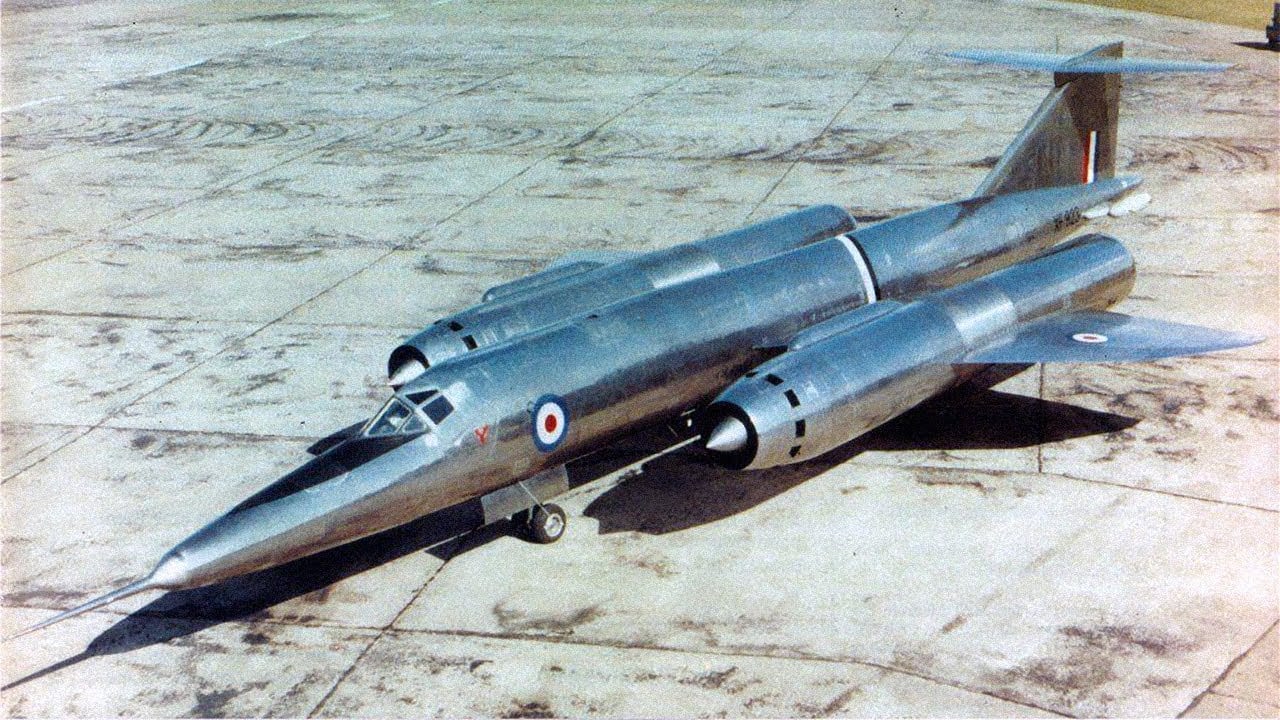The Pentagon's recent approval of a classified counter-drone strategy underscores the escalating urgency of addressing threats posed by unmanned aerial systems (UAS). Defense Secretary Lloyd Austin's initiative aims to unify military efforts to safeguard personnel and facilities from increasingly sophisticated drone attacks, which have surged in frequency and complexity. The statement from the Pentagon highlights the dual nature of the threat: it is both immediate and persistent, necessitating a cohesive response. Notably, the strategy emerges in the context of ongoing drone assaults by Iran-backed groups and the tactical use of drones in conflicts such as the war in Ukraine, emphasizing the need for a robust defense framework.
The strategy outlines a multi-faceted approach to countering drone threats, emphasizing the importance of layered defense mechanisms that incorporate electronic warfare and kinetic responses. Key initiatives include enhancing detection capabilities, targeting threat networks, and integrating counter-drone technology into military doctrine and training. Austin's strategy aligns with broader Department of Defense efforts, including the Replicator program, which aims to rapidly deploy off-the-shelf counter-drone solutions. By fostering partnerships with Congress and industry, the Pentagon seeks to establish clear metrics for progress, although the specifics of these metrics remain undisclosed. This strategic framework lays the groundwork for a proactive stance against evolving drone threats, positioning the U.S. military to adapt and respond effectively in a rapidly changing landscape.









